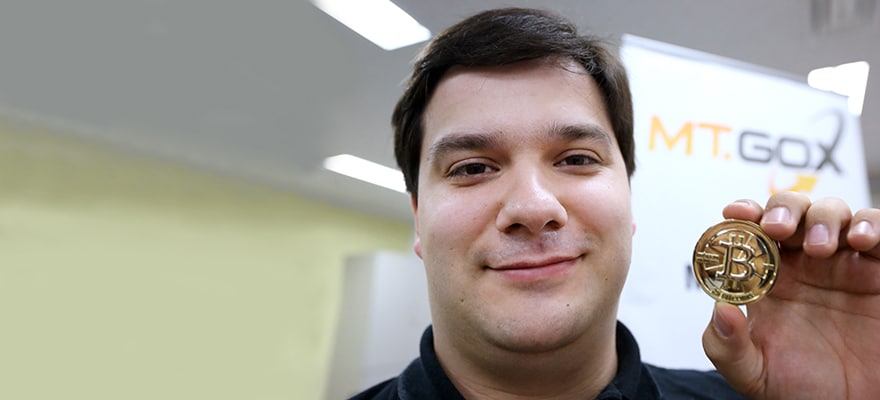Mark Karpeles, the former CEO of the notorious Mt. Gox , has asked a US district court to entirely shut down the class action lawsuit against him filed by the last remaining plaintiff, Gregory Greene.
Karpeles argued the court to dismiss the last remaining fraud charge on the grounds that the ex-Mt. Gox customer has changed the factual basis underlying his claims. Greene voluntarily dismissed two other claims over Karpeles’ handling of the exchange and leaving major security holes that led to future hack attempts.
However, he still accuses the “sole controlling force” behind Mt. Gox of common law fraud, pursuing new theories for the count after he failed to bring up certain terms about the exchange reliability in his initial claims.
Gregory Greene filed a complaint on behalf of Bitcoin users in a US district court in Philadelphia, accusing Mt. Gox and its CEO Mark Karpeles of negligence and fraud for not protecting the exchange from theft.
Greene, who claimed his own bitcoin holdings were about $25,000, said Mt. Gox failed to provide its users with the level of security protection for which they paid.
However, Karpeles claimed the court lacks jurisdiction and filed a motion asking the judge to dismiss the lawsuit.
Japanese court found Karpeles not guilty
Mt. Gox went offline in 2014 in the single biggest setback in the history of Bitcoin after 850,000 bitcoins were stolen in a hacking attack. Under suspicious circumstances, the Japanese exchange claimed it had lost track of about 750,000 bitcoins belonging to customers and another 100,000 of its own, but later said it had found 200,000 bitcoins.
As suspicions rose, Karpeles was arrested in Japan on embezzlement, breach of trust, and data manipulation charges. Tokyo prosecutors called for a 10-year prison sentence, but a Japanese court found Karpeles not guilty and handed down a suspended prison sentence for the falsification conviction.
Mt. Gox is now undergoing bankruptcy rehabilitation in Japan, overseen by court-appointed trustee Nobuaki Kobayashi.
Those assets, currently valued at nearly $1 billion, was supposed to be distributed to shareholders as part of the liquidation. This is because the value of creditors’ claims is calculated in the exchange rate between Bitcoin and the Japanese yen on the bankruptcy date in April 2014, instead of current rates.
















